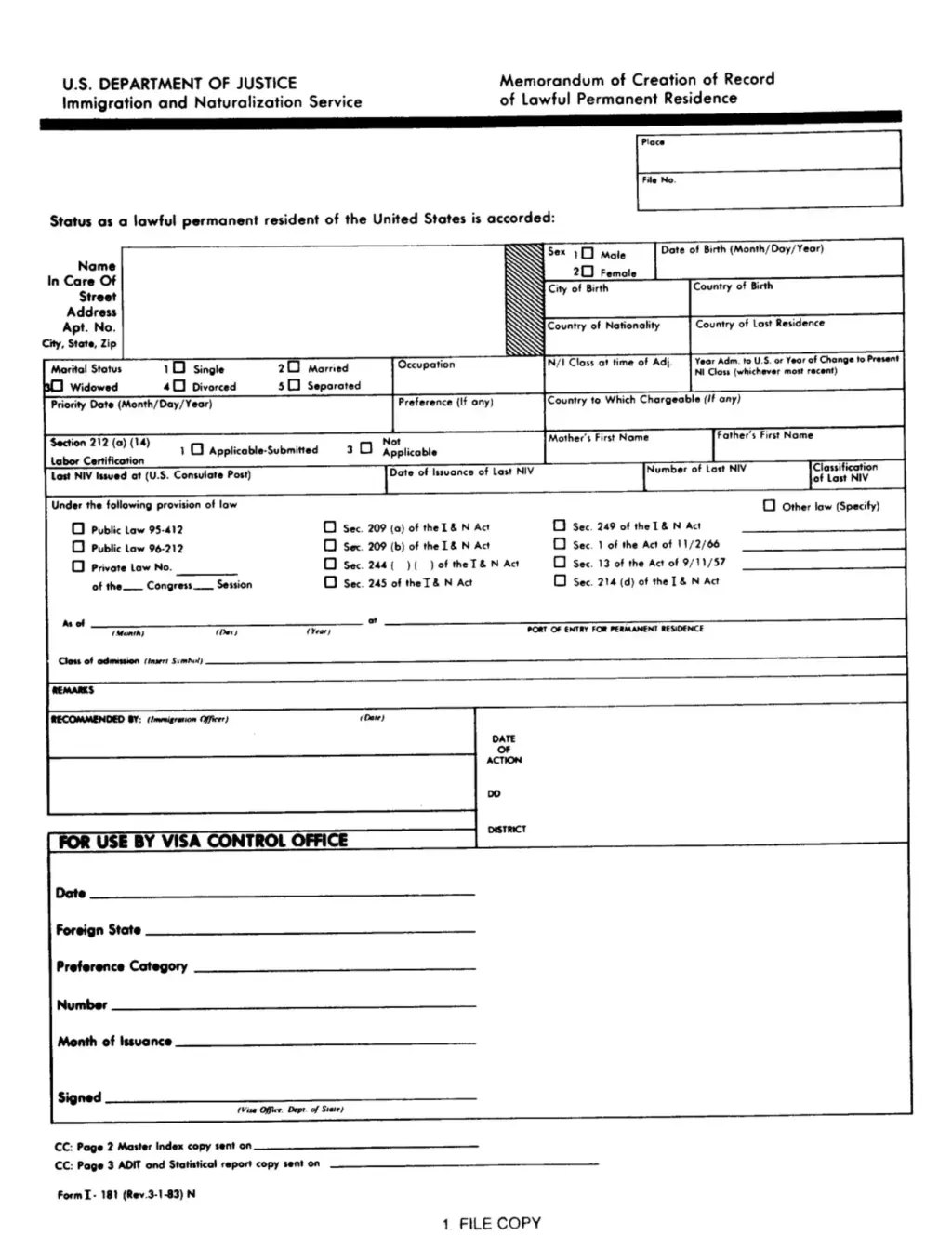
Introduction
Permanent residency (PR) in Canada is a crucial topic as it affects countless immigrants looking to build a life in the country. Canadian PR status allows individuals to live, work, and study anywhere in Canada while enjoying most of the rights and responsibilities of citizens. With Canada being known for its high quality of life and diverse culture, the PR pathway remains relevant, especially amid ongoing discussions about immigration policies and labor shortages in various sectors.
Current Trends in Permanent Residency
Statistics Canada recently released data showing that Canada welcomed over 405,000 new permanent residents in 2021, setting a record for the nation. This number is part of the Immigration Levels Plan, which aims to increase the overall intake of immigrants to support economic recovery. PR applicants encompass different categories, such as skilled workers, family reunification, and refugees, allowing for a diverse population that enhances Canadian society.
Express Entry System
The Express Entry system remains one of the most popular pathways for individuals seeking permanent residency. This immigration management system uses a points-based Comprehensive Ranking System (CRS) to rank candidates based on skills, experience, and other factors. The Government of Canada has issued numerous invitations to apply (ITAs) as the labor market fills several critical gaps, providing skilled workers immediate opportunities.
Benefits of Permanent Residency
Achieving permanent residency status in Canada comes with numerous benefits. PR holders can access Canada’s public healthcare system, and education for children is generally of high quality and low cost. Moreover, permanent residents can apply for Canadian citizenship after fulfilling residency requirements, enhancing their rights and benefits further. Permanent residents are also eligible to sponsor family members, contributing to a sense of community and stability.
Challenges Ahead
Despite the substantial advantages of having permanent residency, there are challenges to consider. Political landscapes and immigration policies can change, affecting future applicants. Ongoing advocacy from immigrant communities highlights the need for timely processing and assistance for those navigating the complex systems involved. Therefore, prospective residents are encouraged to remain informed about the implications of immigration policies as they apply for permanent residency.
Conclusion
In conclusion, permanent residency is a vital component of Canada’s immigration landscape, offering numerous opportunities and benefits to newcomers. As the country continues to recover and grow economically, those seeking PR should stay updated on trends, pathways, and regulations. For immigrants, attaining permanent residency remains not just a goal but a pathway to contributing to the rich tapestry of Canadian society.



